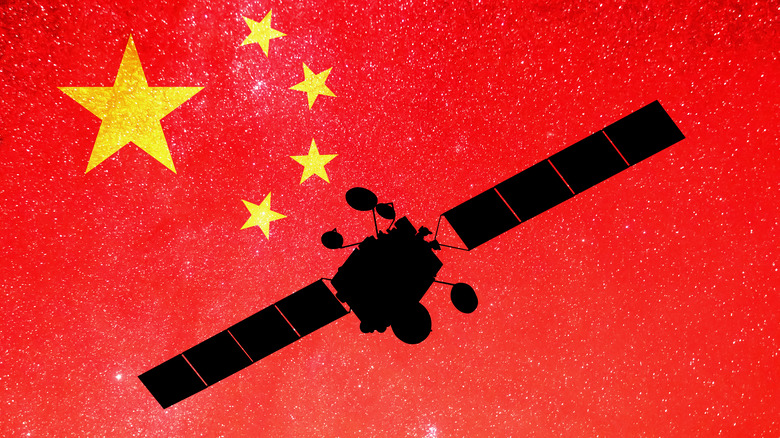The United States Space Force was established on Dec. 20, 2019, the first new branch of the American military since its parent service, the U.S. Air Force, was created in 1947. In fact, the Space Force is a component of the Department of the Air Force, meaning it shares resources and identity with the Air Force while still being an independent force unto itself. It’s a logical pairing, since the modern Space Force used to be the Air Force’s Space Command until it became important enough to split into its own entity.
Great! But you might be wondering: What does it actually do? Surely it doesn’t have space marines boarding enemy spaceships, right? (Well, at least not yet, though future wars will probably be fought in space.) So … what is it?
For the moment, it might be easiest to think of it as Satellite Force. In other words, the Space Force is in charge of military satellites, including managing the launches, deciding acquisitions of tech and new orbital devices, and receiving and analyzing the data those satellites provide. Additionally, its job is to defend assets in orbit, whether military, civilian, or allied, from enemy interference or attack.
Why satellites matter
As the Space Force likes to say: “Never a day without space.” In other words, you — yes, you — have touched a satellite nearly every day of your adult life. Ever use GPS to get, well, anywhere? It depends on satellites; in fact, GPS is a service run and managed by the Space Force (and the Air Force before it). Communications are bounced off of satellites. You might use satellite imagery for any number of reasons. And, of course, satellites provide the data that your service of choice uses to tell you the weather.
The military uses satellites for all the same reasons, plus surveillance, early warning and threat detection (e.g. of enemy missile launches), and domain awareness (identifying threasts to space systems). Really, modern militaries depend on space to function at an advanced level; without space, they would be reduced to local communications and intelligence gathering, crippling their effectiveness.
In other words, it’s absolutely critical to the functioning of society to have the right orbital capabilities at your disposal and also protect them from an enemy who might want to shoot them down. Lately, one non-U.S. country in particular is getting a lot better at doing that.
The increasing threats to satellites
The People’s Republic of China has been investing heavily in anti-satellite technology, clearly viewing it as a vulnerability in America’s military dominance. It developed a surface-to-orbit missile nearly 20 years ago and, more recently, has developed lasers powerful enough to “dazzle” a satellite, disrupting its sensors and potentially blinding it.
If “space lasers” aren’t sci-fi enough for you, then maybe “space robots” are: China also has a satellite equipped with a mechanical arm, which has successfully grabbed and moved (read: kidnapped) test satellites. As if all that wasn’t enough, China is also now testing out satellite dogfighting, which is to say, precision maneuverability, which would make their satellites able to dock with, seize, or ram into others.
All together, that represents a major potential threat to critical American and allied assets in orbit. So the question became: Whose job is this? The Navy deals with the sea, not space; the Army deals with the land; and so on. Somebody needed to start thinking about, and dealing with, these threats full-time. Enter the Space Force. In fact, it’s very likely that the Space Force will be developing similar capabilities of its own soon, though it has never confirmed that.
To the moon
This is all immensely important, but the Space Force’s mission isn’t limited to Earth’s orbit. Formally, its domain extends to 272,000 miles from the surface of our planet – and that extends beyond the orbit of the moon. NASA has been planning to return to our closest neighbor for years through its Artemis program, which, if successful (and not jeopardized by President Trump’s $6 billion funding cut), would mean the beginning of a permanent human presence there. Should the need ever arise to defend that presence, that would be Space Force’s job.
Even before that future arrives, China is, right now, starting to position for operating in cislunar space, far enough from this planet that both the Earth’s and moon’s gravities are a factor. A satellite in cislunar orbit could survey the lunar surface, helping its host country find suitable sites for future activities — and, potentially, spy on rival countries and their satellites.
Space Force wants to get into the cislunar environment as well, so that China doesn’t pull ahead in a second space race. While every branch of the military is always thinking about the future of warfare, the Space Force also has to be thinking about the future, period. Where will we, as a species, be in the next decade or two? What will we want to do? What will the threats be, and how do we counter them? Maybe space marines aren’t so far-fetched, after all.

